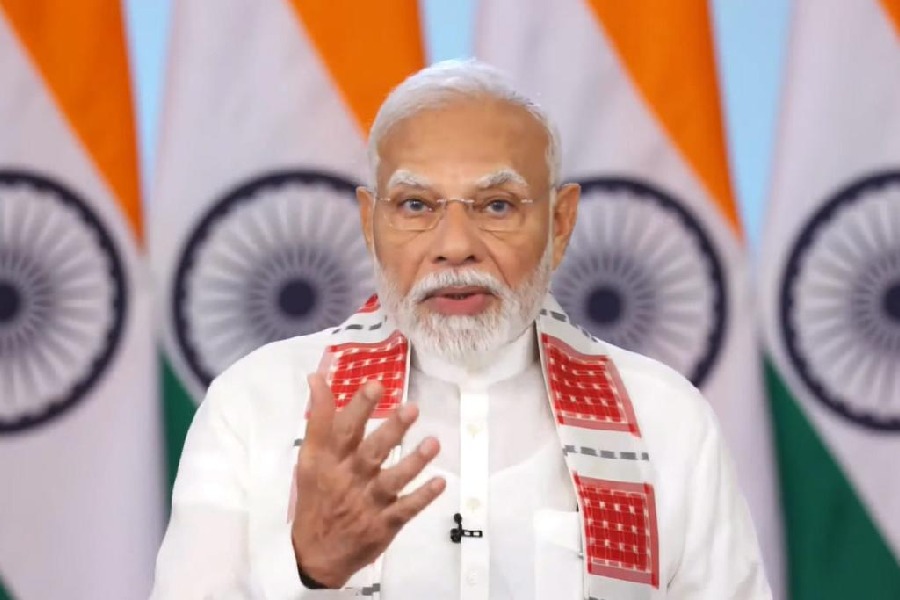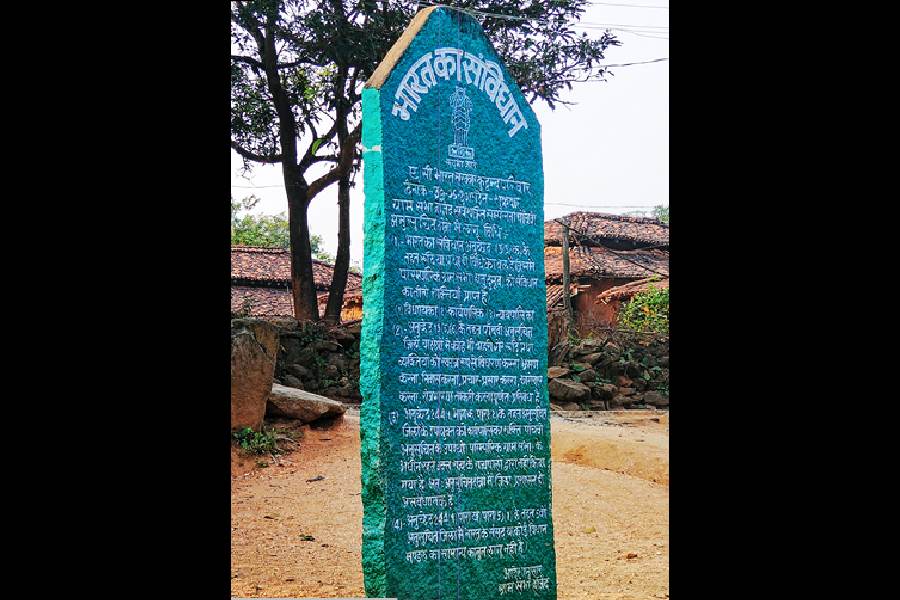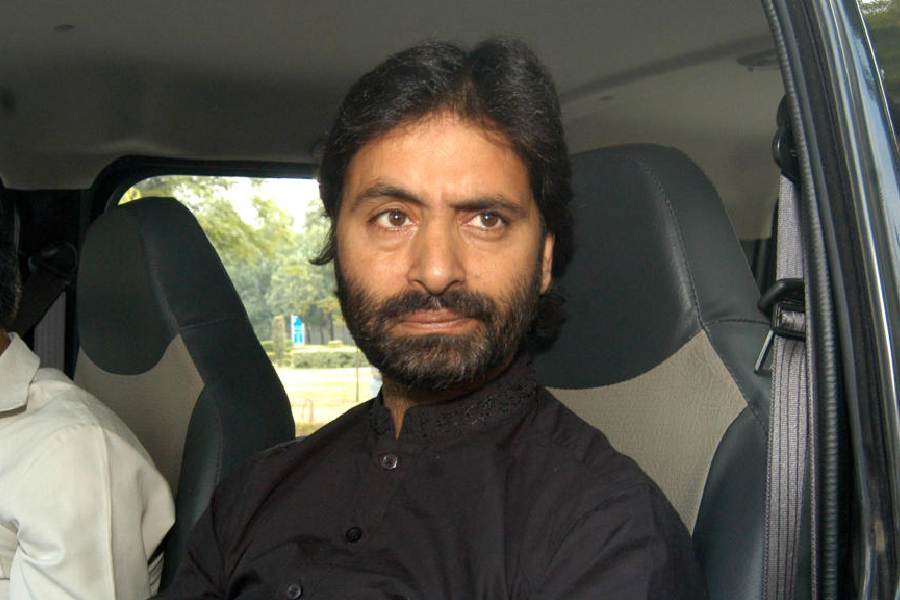The ancient gods demanded sacrifice to make it rain. Human cultures obliged them with such varied practices as the killing of children by the Aztecs, the butchering of 1,000 camels in Rajasthan and the marrying off of frogs in many other parts of India, the rain dances among Native Americans as well as the chants of Tibetan monks to appease the spirits to make it rain. The modern god — science — is kinder; it is satisfied with a sacrifice of salt. Cloud seeding — or spraying clouds with salt, silver iodide or dry ice to induce rain — has been around since 1949 and has been used to varying degrees of success by countries like Thailand, China, Israel and even India. China, for instance, used cloud seeding to ensure that clouds dump rain in areas other than those where the 2008 Beijing Olympics were being held. The United Arab Emirates, a parched territory, too, has long been at the forefront of pioneering, innovative solutions to combat its arid climate. Most recently, cloud seeding was apparently used to enhance rain over Dubai. But science, especially evolving science, can be as fickle as the gods of yore. Dubai, some think, got flooded owing to the torrential downpour, receiving its heaviest showers in 75 years as a result of this attempt.
That extreme weather events — be they rain paucity or deluges such as the one witnessed by Dubai — would become increasingly common has been documented by scientists. But there seems to be a silver lining. The doomsday of climate change has had a possibly unintended consequence in the form of a fledgling, complicated, emerging solidarity between traditional wisdom and scientific temper. In fact, a study by the University of South Florida documents how climate change and the resultant disruptions are leading many societies to respond by building bridges between faith and science in imaginative ways. Indonesia, for example, is establishing 1,000 ‘eco-mosques’ to spread awareness about climate change and issue fatwas that will help fight it. In many countries, the wealth of indigenous wisdom is being mined by science and technology to forge better adaptation mechanisms to survive climate change. There is, in the Indian context, a definite case for an interdisciplinary thrust to achieve a similar goal. Scientists, for instance, can collaborate with anthropological scholarship to study and better understand what India’s indigenous communities have to say about the necessary climate-change survival kit.
But humans — as is their wont — are ready to throw a spanner in these endeavours that have transformatory potential. Instead of smelling the petrichor of the marvel that is desert rain, Iran has sniffed a conspiracy to rob it of its share of rainfall — cloud seeding in upwind areas like the UAE can, according to sceptics in Tehran, reduce rainfall in downwind regions like Iran. The latest geostrategic tempest is akin to the turbulent winds that stymie resolutions at climate summits and heighten the prospect of, what the diplomatic community terms, ‘weather wars’. The contamination of the incipient ties among faith, indigenous knowledge and modern science by narrow geostrategic competition must be resisted. Otherwise, the god of war, evidently, would triumph over the more benevolent spirits that cause rain.










